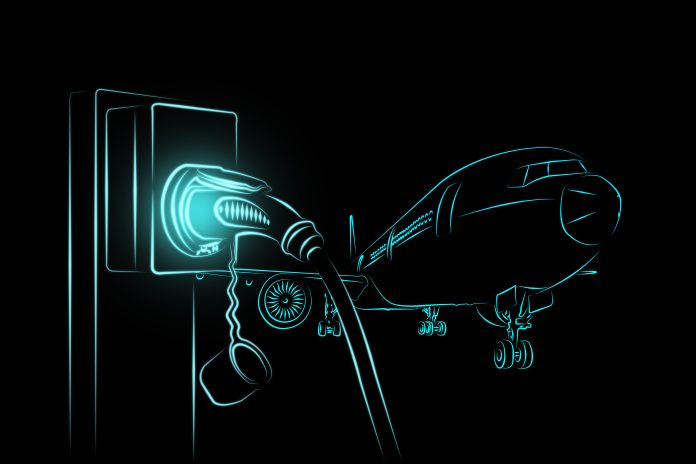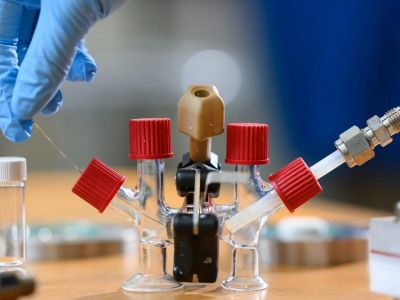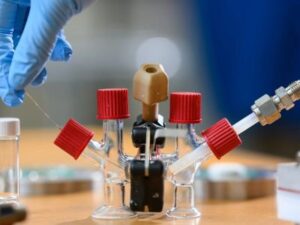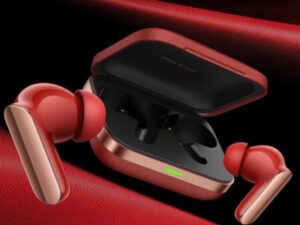Current battery technology for electric planes has a relatively low energy density, meaning they can only store a limited amount of energy for their weight. This limits the range and flight time of electric aircraft.
Employees of the Massachusetts Institute of Technology have presented a fuel cell based on liquid sodium, which could potentially become the key to the creation of regional electric aircraft. The system has three times the energy capacity per unit mass of today’s lithium-ion batteries.
Researchers have identified a fuel cell solution that could help electrify transportation systems and overcome limitations of traditional batteries. The fuel cell packs three times as much energy per pound as today’s best electric vehicle batteries, offering a lightweight option for powering trucks, Electric Planes, or ships. In contrast to a battery, the fuel cell can be quickly refueled rather than recharged. In this case, the fuel is liquid sodium metal, an inexpensive and widely available commodity.

-
Battery Limitations:Current battery technology for electric planes has a relatively low energy density, meaning they can only store a limited amount of energy for their weight. This limits the range and flight time of Electric Planes.
-
Recharging Time:
Recharging batteries takes significantly longer than refueling a conventional aircraft, which is a major drawback for commercial applications.
-
Higher Energy Density:Fuel cells, particularly those using hydrogen, offer a much higher energy density than batteries, potentially three to five times greater.
-
Rapid Refueling:Fuel cells can be refueled quickly, similar to conventional aircraft, unlike battery charging which takes considerably longer.
-
Zero-Emission Flight:
Hydrogen fuel cells produce electricity through an electrochemical reaction, with water as the primary byproduct, offering a path to zero-emission flight.
-
Increased Range:
The higher energy density of fuel cells allows for significantly longer flight distances, making electric planes viable for a wider range of routes.
-
Reduced Emissions:
Hydrogen fuel cells, when using green hydrogen (produced from renewable energy sources), offer the potential for truly zero-emission aviation.
-
Potential for Hybrid Systems:
Fuel cells can be integrated with other power sources, such as gas turbines, in hybrid-electric systems to optimize performance and efficiency.
-
Hydrogen Production and Infrastructure:
The widespread adoption of hydrogen fuel cells requires a reliable and sustainable supply chain for green hydrogen production and the development of refueling infrastructure.
-
Hydrogen Storage and Safety:
Hydrogen is a challenging fuel to store and transport due to its low density and flammability.
-
Cost:Fuel cell technology is still relatively expensive, and the cost of green hydrogen production needs to be reduced.

In a series of experiments with a prototype device, the researchers demonstrated that this cell could carry more than three times as much energy per unit of weight as the lithium-ion batteries used in virtually all electric vehicles today.
Making breakthroughs in electrically powered aviation
The researchers discovered that the fuel cell has the potential to be revolutionary in the aviation sector. In aviation, where weight is especially crucial, such an improvement in energy density could be the breakthrough that finally makes electrically powered flight practical at a significant scale.
“The threshold that you really need for realistic electric aviation is about 1,000 watt-hours per kilograms,” explained Yet-Ming Chiang, professor of materials science and engineering at MIT.
“Today’s electric vehicle lithium-ion batteries top out at about 300 watt-hours per kilograms – nowhere near what’s needed. Even at 1,000 watt-hours per kilograms, it wouldn’t be enough to enable transcontinental or trans-Atlantic flights.”
That’s still beyond the reach of any known battery chemistry, but Chiang said that achieving 1,000 watts per kilogramme would be an enabling technology for regional electric aviation, which accounts for approximately 80% of domestic flights and 30% of aviation emissions.
The fuel cell technology could also serve as an enabler for other sectors, such as marine and rail transportation.
Fuel cell technologies vs traditional batteries
A significant amount of research has been conducted over the past three decades to develop lithium-air or sodium-air batteries; however, achieving full rechargeability has proven to be challenging.
“People have been aware of the energy density you could get with metal-air batteries for a very long time, and it’s been hugely attractive, but it’s just never been realised in practice,” Chiang stated.
By applying the same basic electrochemical concept, but utilising a fuel cell instead of a battery, the researchers were able to harness the advantages of high energy density in a practical form. Unlike a battery, whose materials are assembled once and sealed in a container, a fuel cell’s energy-carrying materials are replenished.
Can the fuel cell be scaled for commercial use?
The researchers envision using this system in an aircraft, where fuel packs containing stacks of cells, similar to racks of food trays in a cafeteria, would be inserted into the fuel cells. The sodium metal inside these packs undergoes chemical transformation as it provides the power.
Then, a stream of its chemical by-product is released, and in the case of aircraft, this is emitted out the back, much like the exhaust from a jet engine.
However, there’s a very big difference: There would be no carbon dioxide emissions. Instead, the emissions, consisting of sodium oxide, would actually soak up carbon dioxide from the atmosphere.
This compound would quickly combine with moisture in the air to form sodium hydroxide, which readily reacts with carbon dioxide to form a solid material, sodium carbonate. This, in turn, forms sodium bicarbonate, also known as baking soda.
As an added benefit, if the final product, the sodium bicarbonate, ends up in the ocean, it could help to de-acidify the water, countering another of the damaging effects of greenhouse gases.
Importantly, the new fuel cell is inherently safer than many other batteries, Chiang said.
While the device so far exists only as a small, single-cell prototype, Chiang says the system should be quite straightforward to scale up to practical sizes for commercialisation.
Members of the research team have already formed a company, Propel Aero, to develop the technology. It is currently housed in MIT’s startup incubator, The Engine.
The prototype consists of two chambers separated by a ceramic electrolyte: one contains liquid sodium, the other is supplied with moist air. When sodium ions pass through the electrolyte, they react with oxygen, producing electricity.
A byproduct of the reaction, sodium oxide, is not only harmless, but is also able to absorb CO₂ from the atmosphere, turning it into baking soda (NaHCO₃). The technology is already being tested in a prototype of the “H-cell” format and in the future can be scaled for commercial airliners.
Several such cells, combined into a battery with an energy capacity of 1000 Wh/kg, will be able to provide a sufficient flight range. After landing, used cartridges can be quickly replaced with new ones, which solves the recharging problem typical of early versions of electric aircraft or Electric Planes.















